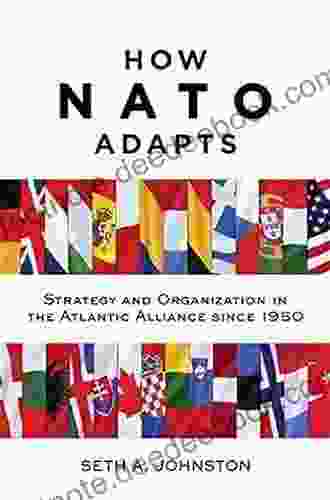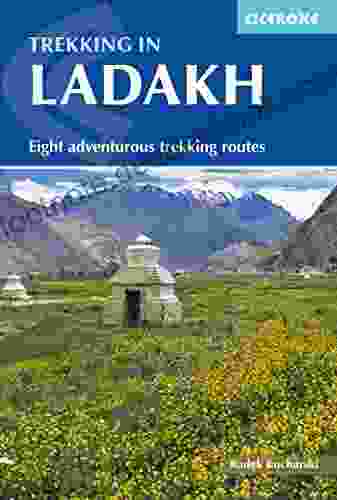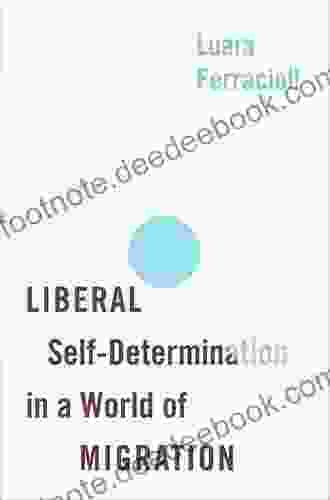Strategy and Organization in the Atlantic Alliance Since 1950: The Johns Hopkins University Press

By John Baylis, James Wirtz, Eliot Cohen, and Eliot Cohen
4.8 out of 5
| Language | : | English |
| File size | : | 1435 KB |
| Text-to-Speech | : | Enabled |
| Screen Reader | : | Supported |
| Enhanced typesetting | : | Enabled |
| Word Wise | : | Enabled |
| Print length | : | 272 pages |
This book examines the evolution of strategy and organization in the North Atlantic Treaty Organization (NATO) since its founding in 1949. It argues that NATO's success in deterring Soviet aggression during the Cold War was due in large part to its ability to adapt its strategy and organization to the changing security environment.
The Early Years: 1949-1955
NATO was founded in 1949 in response to the growing threat of Soviet expansionism in Europe. The alliance's initial strategy was based on the premise of "massive retaliation," which called for the use of nuclear weapons in the event of a Soviet attack. This strategy was designed to deter the Soviets from launching a major attack on Western Europe by threatening them with unacceptable levels of damage.
However, the massive retaliation strategy was soon seen as unrealistic. The development of Soviet nuclear weapons meant that any nuclear war would likely result in mutual destruction. In addition, the United States was reluctant to risk nuclear war over the defense of Western Europe. As a result, NATO began to develop a new strategy that focused on conventional deterrence.
The Flexible Response Strategy: 1955-1967
The Flexible Response strategy was adopted by NATO in 1955. This strategy called for the alliance to maintain a wide range of military capabilities, including nuclear, conventional, and air defense forces. The goal of the Flexible Response strategy was to deter Soviet aggression by convincing the Soviets that NATO could respond to any type of attack with an appropriate level of force.
The Flexible Response strategy was a success in deterring Soviet aggression during the Cold War. However, it also led to a number of problems within NATO. The different member states had different views on the best way to implement the strategy, and there was often disagreement over how to allocate resources.
The Harmel Report: 1967
In 1967, NATO commissioned a study of the alliance's future, known as the Harmel Report. The report concluded that NATO needed to adapt its strategy and organization to the changing security environment. The report recommended that NATO adopt a more flexible and cooperative approach to security, and that it should focus on building bridges between East and West.
The Harmel Report had a significant impact on NATO's strategy and organization. The alliance adopted a new strategy that emphasized arms control, confidence-building measures, and dialogue with the Soviet Union. NATO also began to develop a more cooperative relationship with the Warsaw Pact, and it played a key role in negotiating the Helsinki Accords.
The End of the Cold War and the New Security Environment
The end of the Cold War in 1991 led to a major reassessment of NATO's strategy and organization. The collapse of the Soviet Union removed the primary threat to Western Europe, and NATO began to search for a new mission.
In 1999, NATO adopted a new Strategic Concept that defined the alliance's mission as "to ensure the security of its members by political and military means." The Strategic Concept also called for NATO to play a more active role in promoting security and stability in Europe and beyond.
NATO has continued to adapt its strategy and organization to the changing security environment. The alliance has expanded its membership to include former Warsaw Pact states, and it has played a key role in peacekeeping and stabilization operations in the Balkans, Afghanistan, and elsewhere.
NATO has been a key player in ensuring the security of Europe for over 70 years. The alliance has adapted its strategy and organization to the changing security environment, and it has played a vital role in deterring aggression and promoting security and stability.
The future of NATO is uncertain. The alliance faces a number of challenges, including the rise of new threats, such as terrorism and cyber warfare, and the changing security environment in Europe. However, NATO has a proven track record of adapting to change, and it is likely to continue to play a key role in ensuring the security of Europe for many years to come.
References
- Baylis, J., Wirtz, J., Cohen, E., & Cohen, E. (2015). Strategy and Organization in the Atlantic Alliance Since 1950. The Johns Hopkins University Press.
- NATO (2019). Strategic Concept. NATO.
4.8 out of 5
| Language | : | English |
| File size | : | 1435 KB |
| Text-to-Speech | : | Enabled |
| Screen Reader | : | Supported |
| Enhanced typesetting | : | Enabled |
| Word Wise | : | Enabled |
| Print length | : | 272 pages |
Do you want to contribute by writing guest posts on this blog?
Please contact us and send us a resume of previous articles that you have written.
 Book
Book Novel
Novel Chapter
Chapter Story
Story Genre
Genre Reader
Reader Library
Library Magazine
Magazine Sentence
Sentence Glossary
Glossary Bibliography
Bibliography Foreword
Foreword Preface
Preface Synopsis
Synopsis Annotation
Annotation Footnote
Footnote Scroll
Scroll Codex
Codex Memoir
Memoir Reference
Reference Encyclopedia
Encyclopedia Dictionary
Dictionary Thesaurus
Thesaurus Character
Character Librarian
Librarian Catalog
Catalog Periodicals
Periodicals Study
Study Scholarly
Scholarly Lending
Lending Journals
Journals Rare Books
Rare Books Special Collections
Special Collections Study Group
Study Group Thesis
Thesis Storytelling
Storytelling Awards
Awards Book Club
Book Club Theory
Theory Textbooks
Textbooks Michael Rosolski
Michael Rosolski Preston Manning
Preston Manning Virginia A Greiman
Virginia A Greiman Carolyn Wells
Carolyn Wells Thomas D Lynch
Thomas D Lynch Ishmael Jones
Ishmael Jones Wallace Edwards
Wallace Edwards Lewis C Lin
Lewis C Lin Leonardo Inghilleri
Leonardo Inghilleri P R K Barnabas
P R K Barnabas Jamie Mackay
Jamie Mackay Bernadette Mcdonald
Bernadette Mcdonald Brett L Abrams
Brett L Abrams Amy Clipston
Amy Clipston Michail Sygar
Michail Sygar Craig Shirley
Craig Shirley Haley Lukas
Haley Lukas Piero Lercher
Piero Lercher Paul Begadon
Paul Begadon Walter Daelemans
Walter Daelemans
Light bulbAdvertise smarter! Our strategic ad space ensures maximum exposure. Reserve your spot today!

 Camden MitchellZen Buddhism and the Paramitas: A Comprehensive Guide to the Virtuous Path
Camden MitchellZen Buddhism and the Paramitas: A Comprehensive Guide to the Virtuous Path
 Kevin TurnerThe Language of Graphic Design: A Comprehensive Guide to Visual Communication
Kevin TurnerThe Language of Graphic Design: A Comprehensive Guide to Visual Communication
 Joe SimmonsValuation Methods and Shareholder Value Creation: A Comprehensive Guide for...
Joe SimmonsValuation Methods and Shareholder Value Creation: A Comprehensive Guide for... Ivan CoxFollow ·4.5k
Ivan CoxFollow ·4.5k Francisco CoxFollow ·14.8k
Francisco CoxFollow ·14.8k Jayden CoxFollow ·14.2k
Jayden CoxFollow ·14.2k Dwight BellFollow ·17.6k
Dwight BellFollow ·17.6k Russell MitchellFollow ·11.4k
Russell MitchellFollow ·11.4k Franklin BellFollow ·6.5k
Franklin BellFollow ·6.5k David PetersonFollow ·15.8k
David PetersonFollow ·15.8k Charlie ScottFollow ·9k
Charlie ScottFollow ·9k

 Allen Ginsberg
Allen GinsbergUnveiling the True Meaning of Enough: A Comprehensive...
: In the relentless pursuit of progress and...
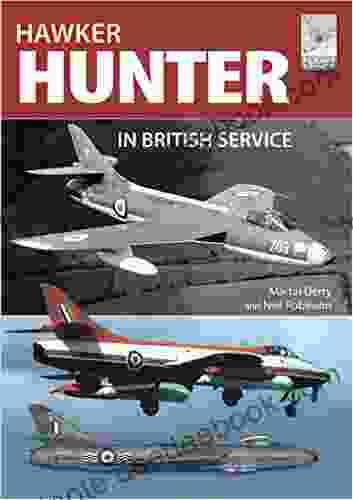
 Clay Powell
Clay PowellHawker Hunter: The Jet Fighter that Shaped British...
Nestled in the halls of aviation...
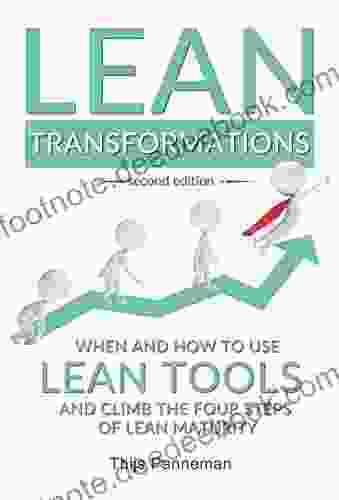
 Alec Hayes
Alec HayesWhen and How to Use Lean Tools and Climb the Four Steps...
Lean is a management...

 Trevor Bell
Trevor BellVolume of Charlotte Mason Original Homeschooling: A...
Charlotte Mason's original...

 John Parker
John ParkerAscending Tristan da Cunha: A Comprehensive Guide to...
Prepare yourself for an extraordinary journey...
4.8 out of 5
| Language | : | English |
| File size | : | 1435 KB |
| Text-to-Speech | : | Enabled |
| Screen Reader | : | Supported |
| Enhanced typesetting | : | Enabled |
| Word Wise | : | Enabled |
| Print length | : | 272 pages |


